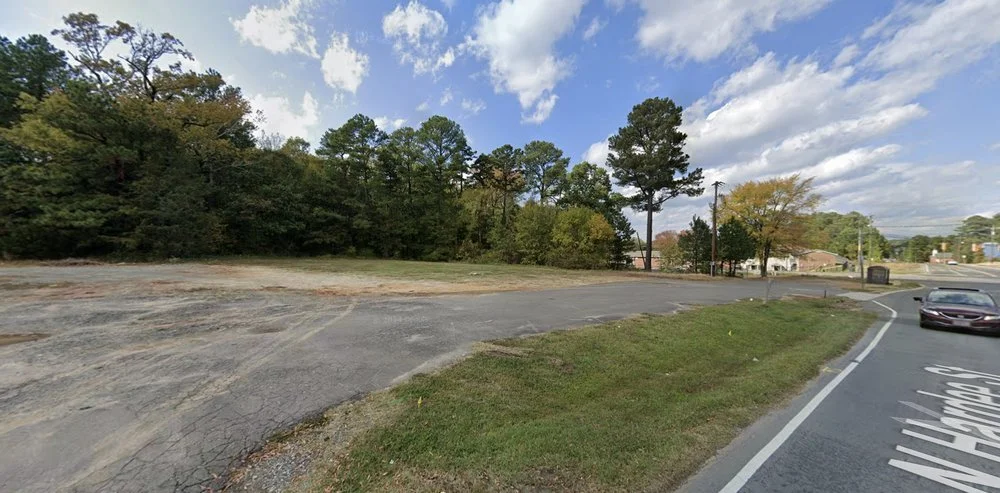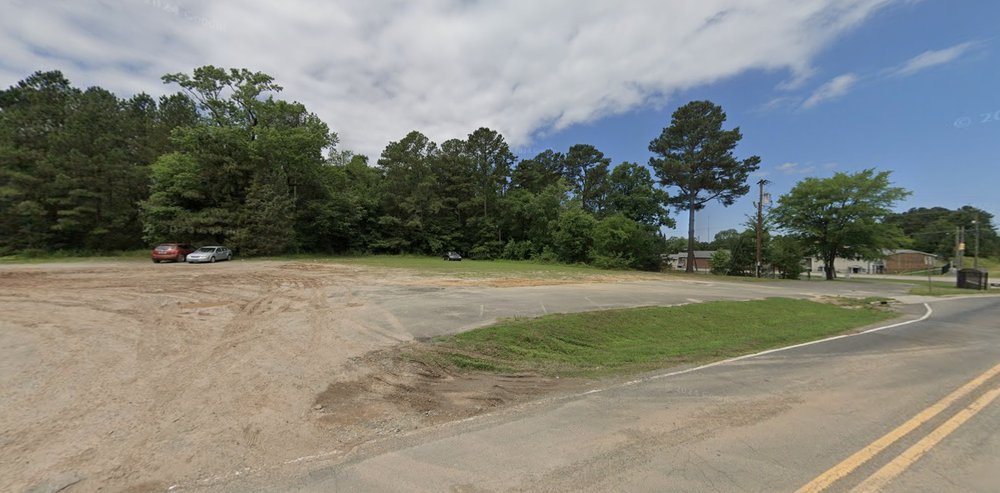
Affordable Housing in Durham
To understand how the Hardee Street Apartments came to be, it is important to understand the broader context of when and where they were built. Durham, like many other growing cities across the country, is experiencing an affordable housing crisis.
The North Carolina Housing Coalition estimates that 31% of households in Durham County are cost-burdened, with 47% of renters having difficulty affording their homes. An individual would need to make an average income of about $74,880 per year to be able to afford the area’s Fair Market Rent (roughly $1,872 monthly). This is only further exacerbated by the increased demand for housing caused by rapid population growth. In Durham County alone, the population is estimated to grow to roughly 454,000 by July 2050.
In the video above, Kayla Rosenberg Strampe, Hardee Street Project Manager at DHIC, and Daniel Bullock, Hardee Street Real Estate Project Manager at Self-Help, go into the detail on housing needs in East Durham—particularly in Wellons Village, where Hardee Street Apartments are located.
Hardee Street before Affordable Housing
The Hardee Street Apartments site is located in East Durham, about 2.5 miles from the city center. The journey of the Hardee Street development began with a church.
2007
The site was initially home to the Greater Joy Baptist Church.
Credit: Google Street View
Interior view of the church
Side view of the church and adjacent playground
Bird’s eye view of the church and the surrounding area
While the church building had been on the site since 1962, the Greater Joy Baptist Congregation acquired the building in 1998. According to former Durham Mayor Elaine M. O'Neal, the church was known for its exceptional gospel choir. Audio and photos courtesy of Self-Help Credit Union.
2012
2015
Over the next decade, for reasons that remain unclear, the congregation left the church, and the site was left unused by 2015.
It was that same year that the Self-Help Credit Union purchased the property. While there were originally plans to revitalize the old church into a charter school, but the building's condition was deemed structurally unstable, and the plan was scrapped.
Credit: Google Street View
2019
2022
Self-Help demolished the building in 2017 while drafting other options to utilize the property. The land would stay vacant for the next several years.
Credit: Google Street View
Between 2007 and 2022, the Hardee Street site transformed from hosting a vibrant church community into a vacant, overgrown lot. It would not remain so for long. Self-Help, through a partnership with local housing developer DHIC, chose to reimagine the property as an affordable housing development. Credit: Google Earth Images
Why Hardee Street?
Self-Help and DHIC’s decision to build at Hardee Street was far from random. It was in direct response to the area’s rising rents and housing prices. They saw Hardee Street as an opportunity to respond to this need in a meaningful way by providing housing at affordable rates.
With the land secured and the need clear, the work of making this vision of Hardee Street into reality could begin.
Learn More
Click to learn more about the Doc+ Documentary Project featuring Hardee Street Apartments:








